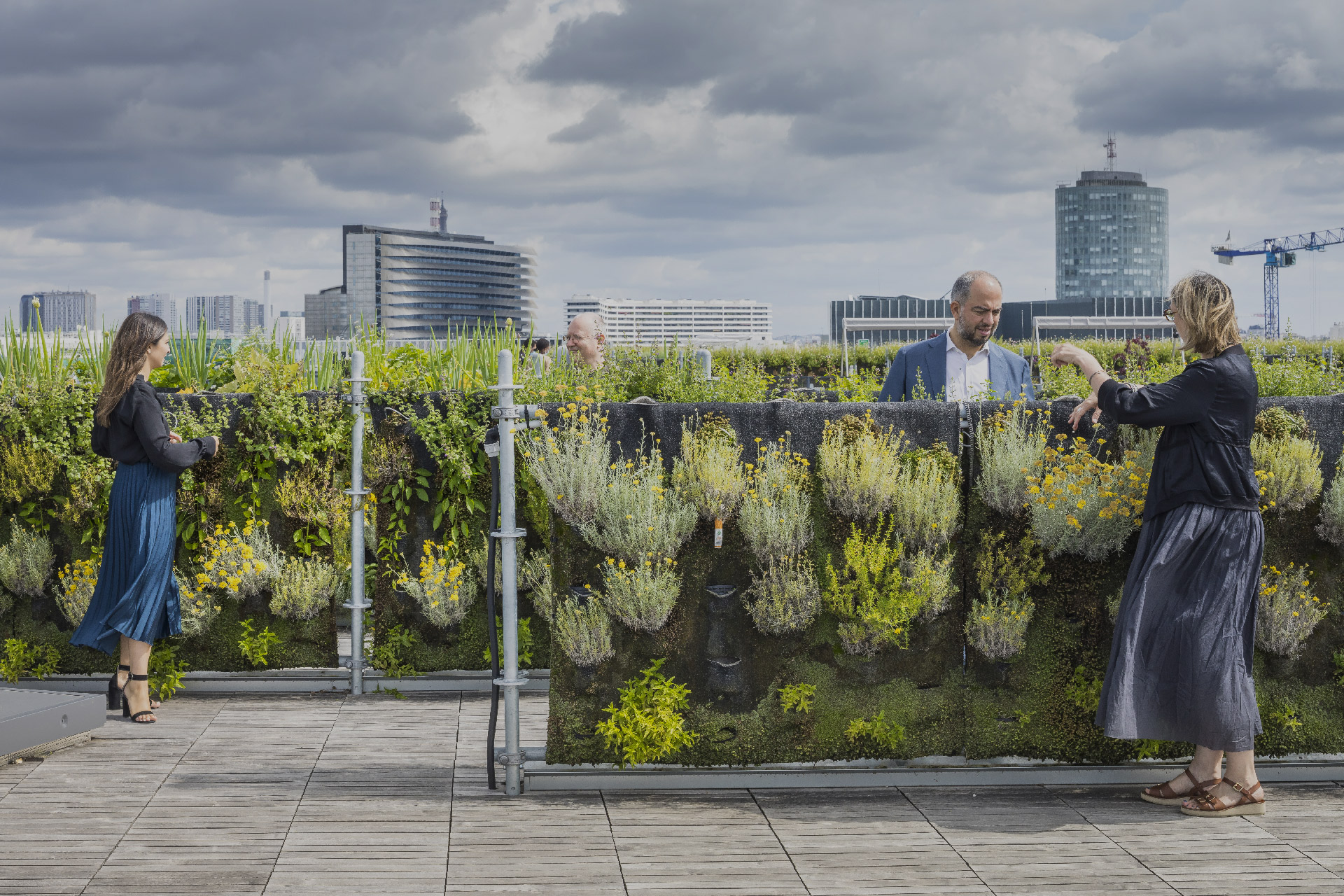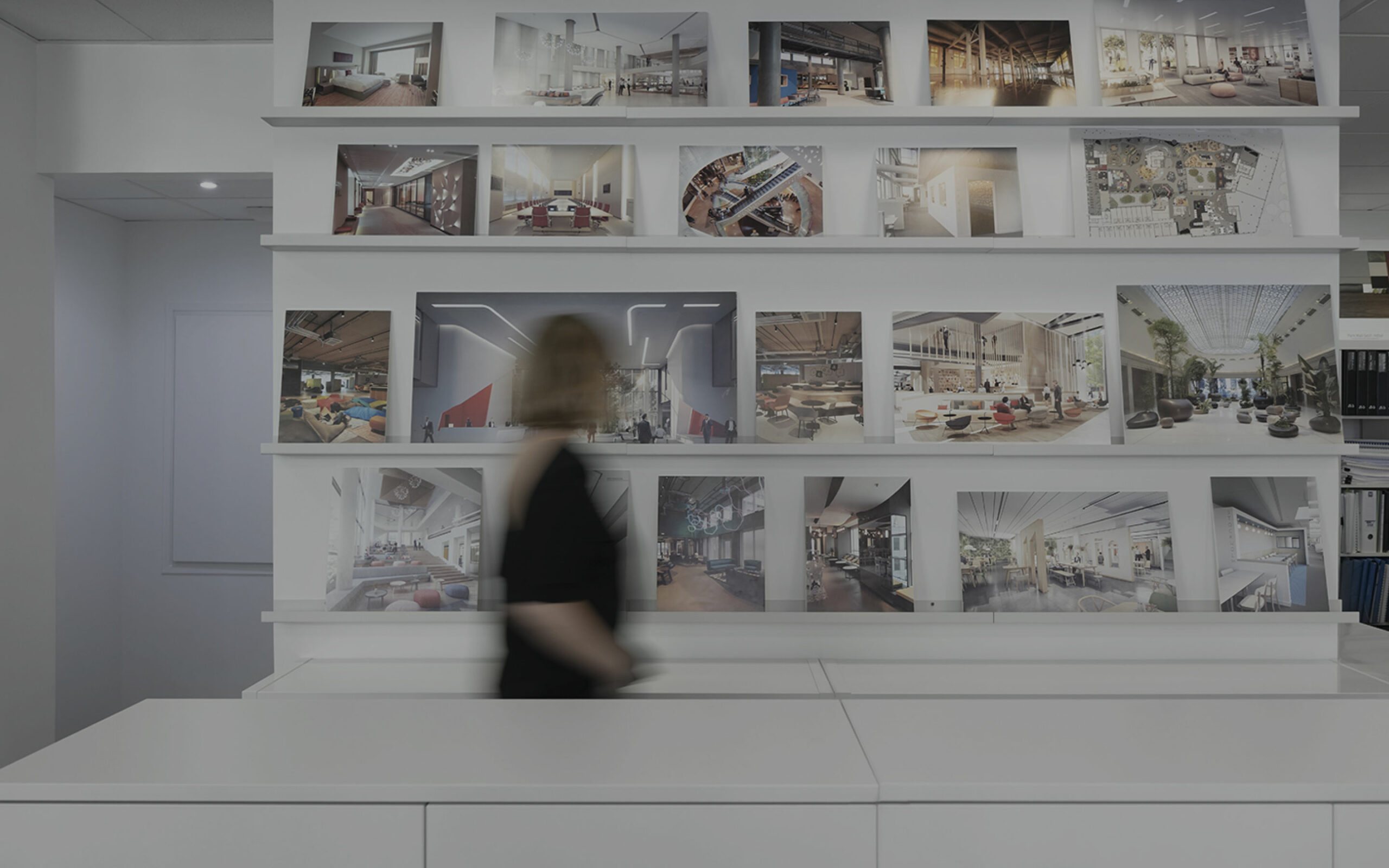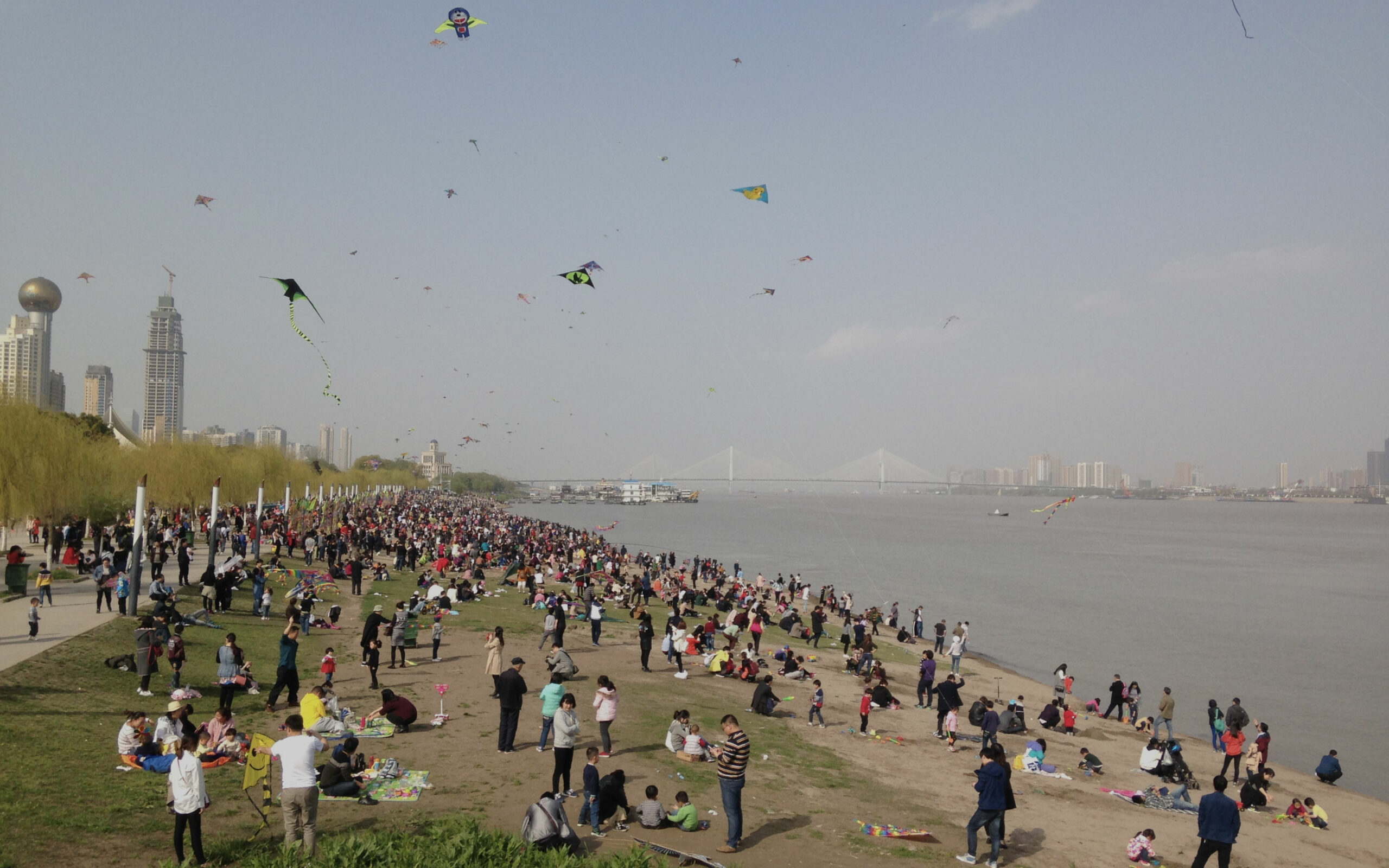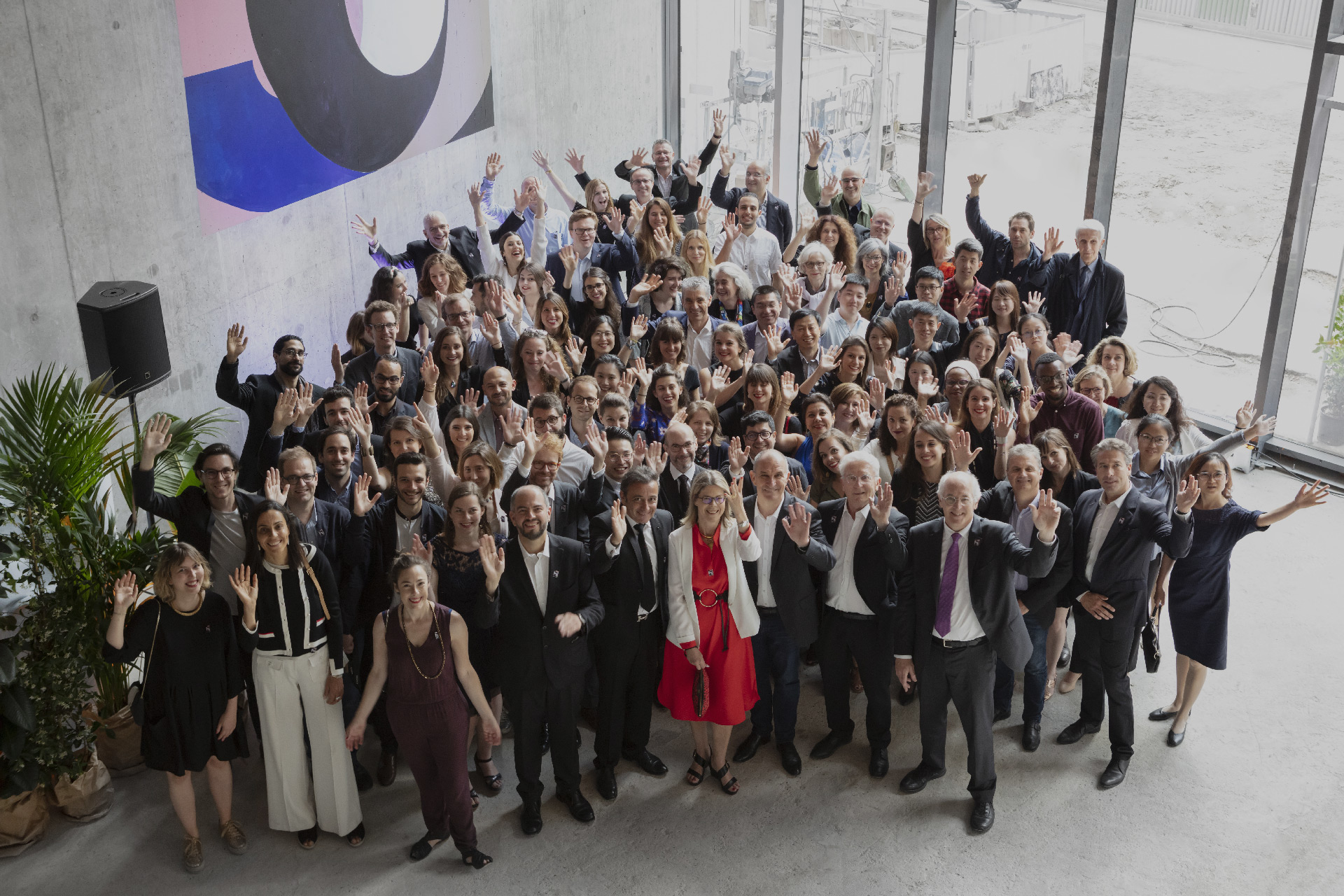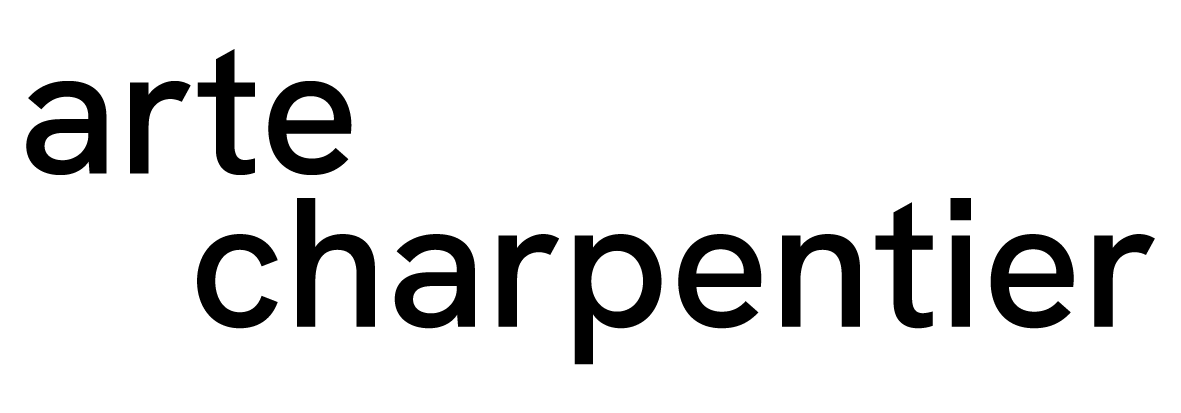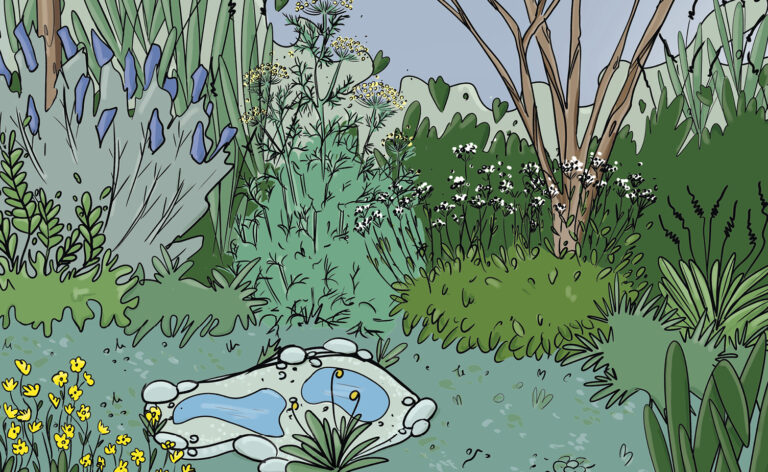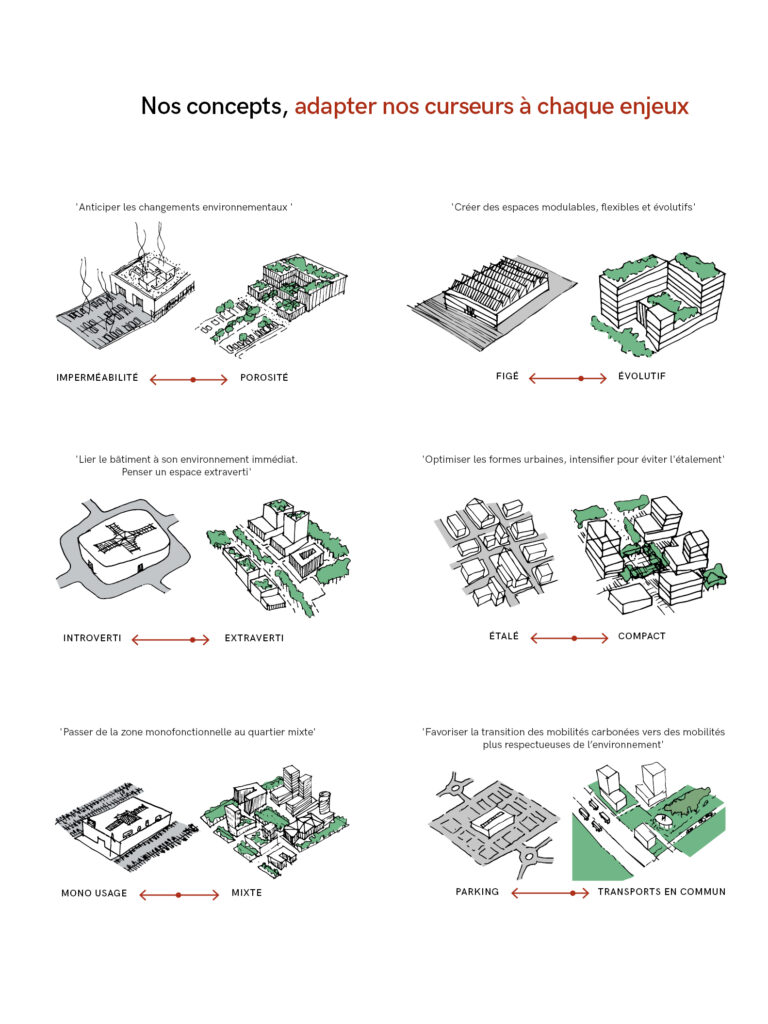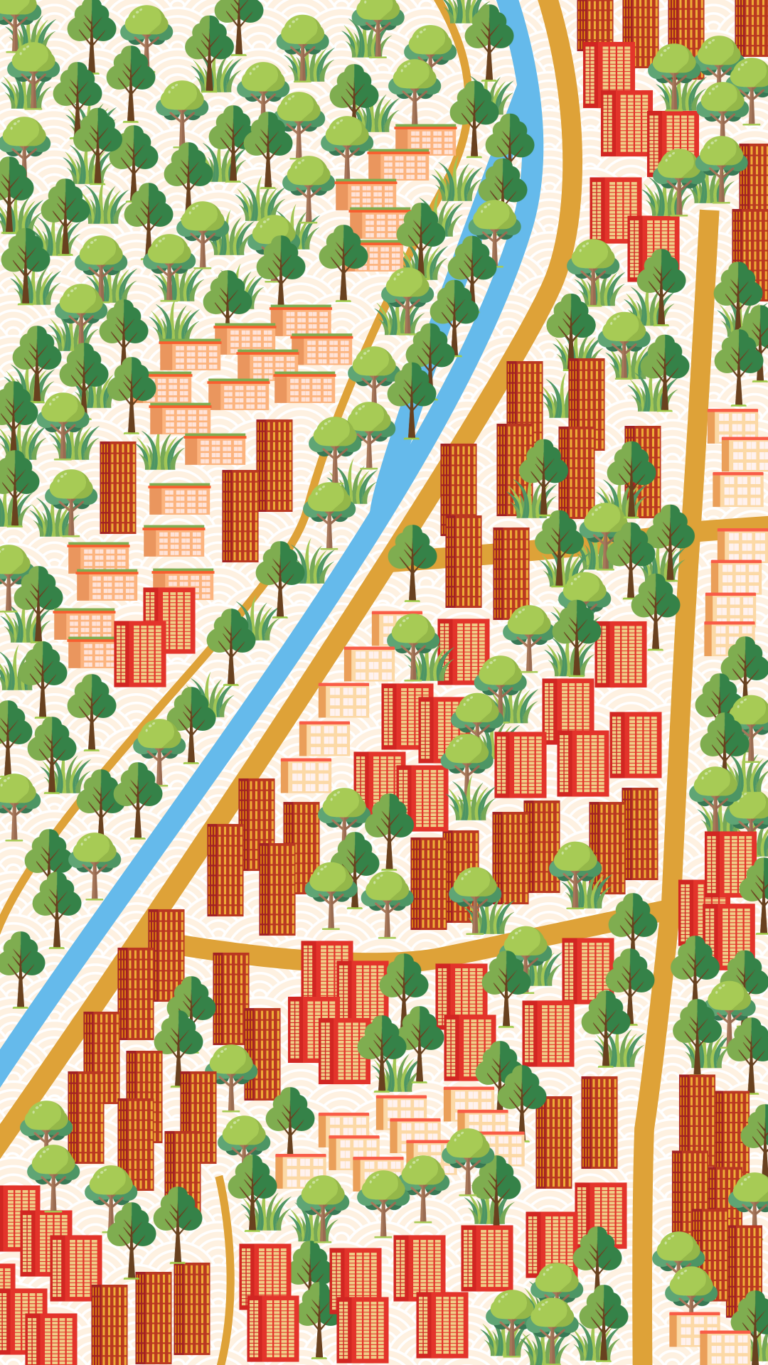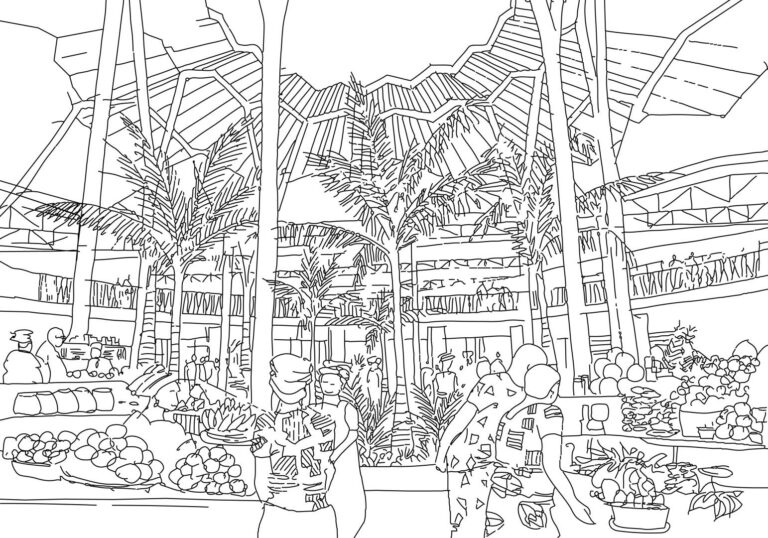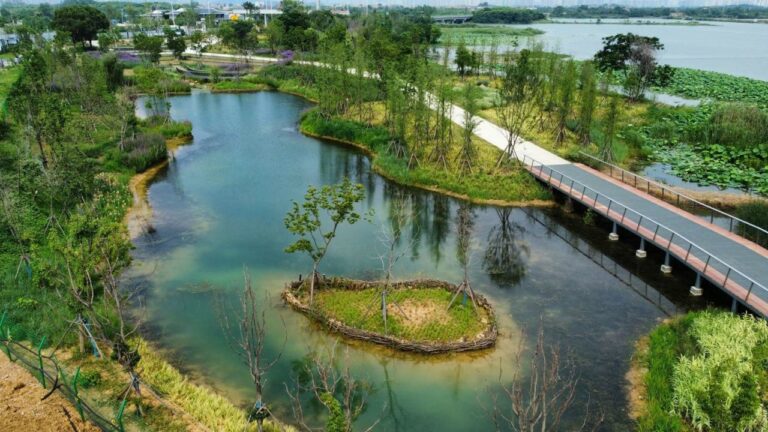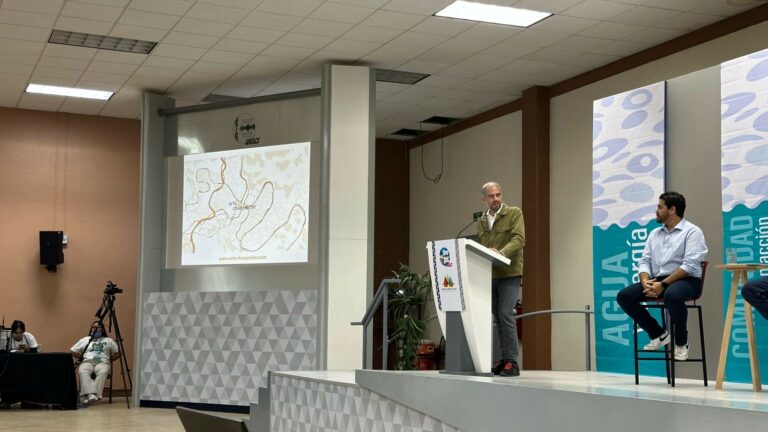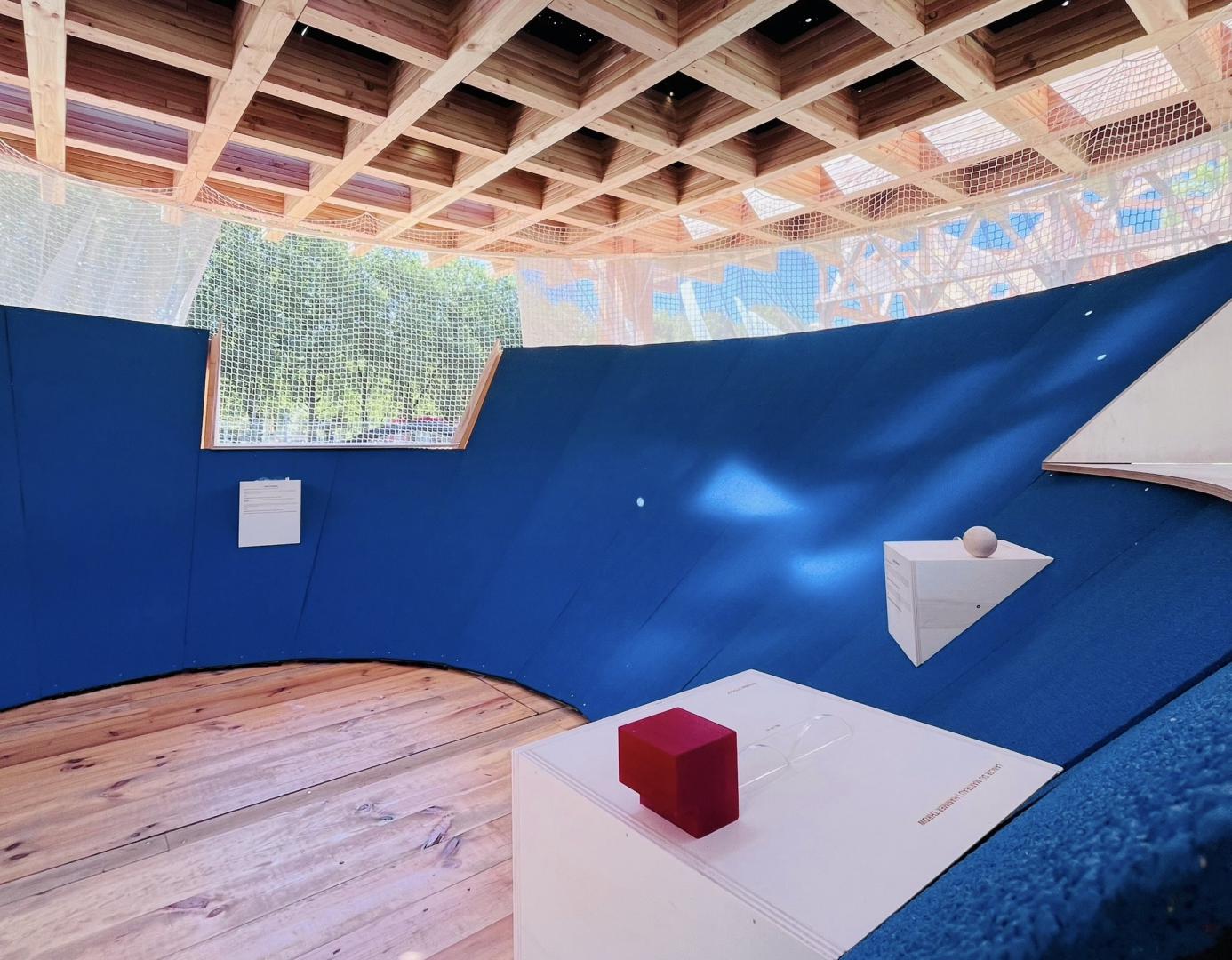
20 French architecture schools have joined forces to design and build 20 life-size pavilions in the middle of the Parc de la Villette before and during the Paris 2024 Olympic and Paralympic Games.
This architecture exhibition features projects devised by each of the 20 architecture schools in collaboration with 20 sports federations, which will become 20 pavilions built on the prairie of the triangle and the southern circle of the Parc de la Villette. These are ephemeral structures designed by the student architects and intended to be installed on a permanent basis in the area or to be recycled.
We were invited by the French Ministry of Culture to take part in the event by sponsoring a pavilion, and our choice fell on the ENSA Paris-Belleville pavilion, headed by Pierre Clément, one of the firm’s leading figures, who headed up IPRAUS as well as being an active member of the Paris school of architecture. Our teams provided advice and expertise, particularly during the construction phase of the project, thanks to the active participation of our site manager Jean-François Bailleux. The CNDB, AIRBUS and Piveteau Bois are also partners in this pavilion, alongside Arte Charpentier.
Here are some images of the “Athletics Pavilion” project created by students at ENSA Paris-Belleville for the French Athletics Federation.
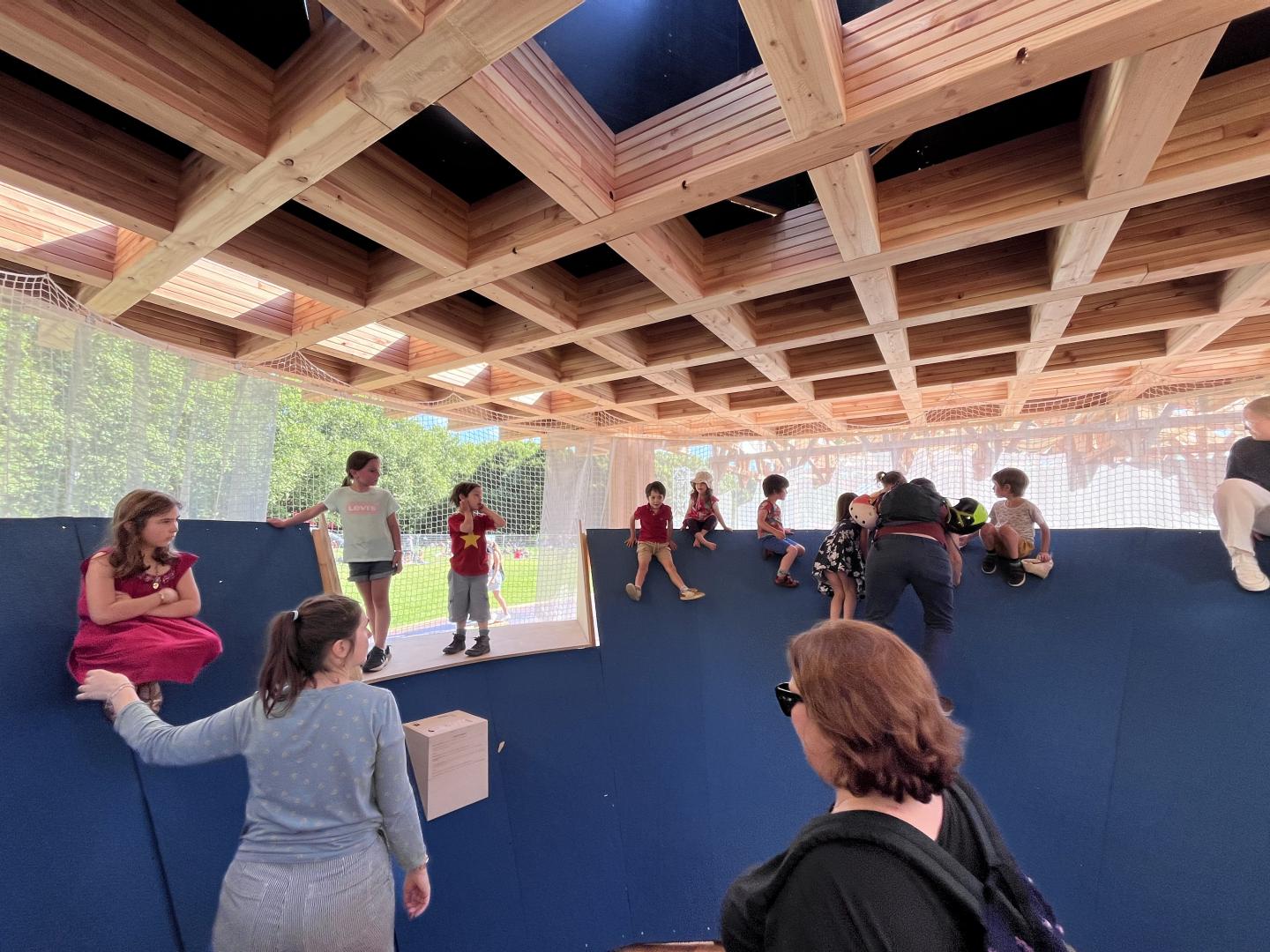
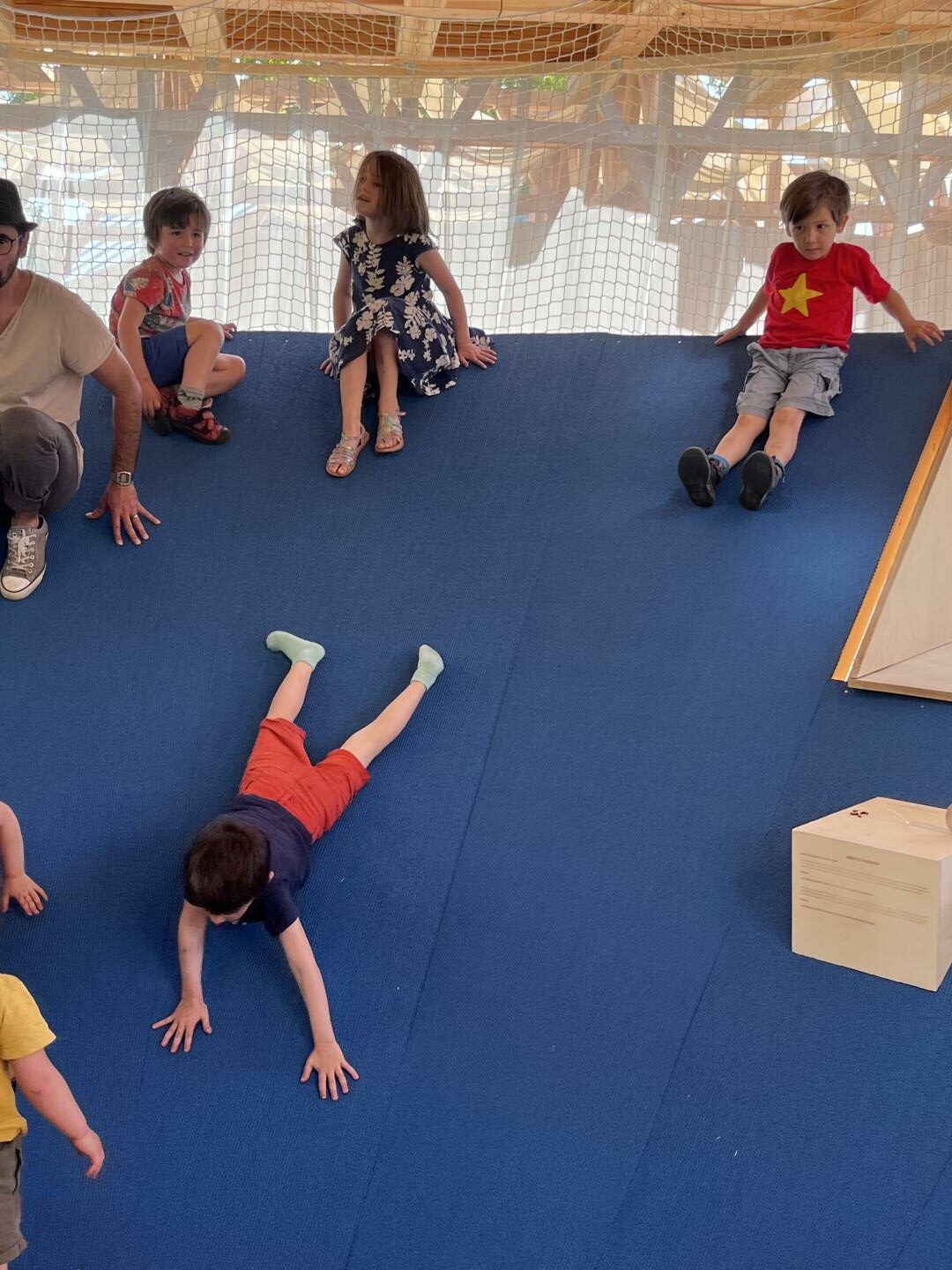
The project offers the public a sensitive architectural walk through three spaces, each embodying one of the major components of athletics: running, jumping and throwing.
The pavilion, designed as a place for mediation and wandering, is organised around a central piece of wooden furniture. This scenographic device creates framings on the Parc de la Villette associated with throwing records. The structure is covered by a 6.23-metre-high canopy that provides zenithal lighting, evoking the pole-vaulting record. The structure of the pavilion is made up of a laminated and screwed wooden framework, the components of which will be preserved intact after dismantling and reinjected into the industry. The cladding and covering elements come from a variety of re-use sources: carbon plates from an A380, old athletics track coverings and “luminous hares” from the Jean Bouin stadium.
Founded in 1920, the French Athletics Federation now has over 351,000 members and 2,500 clubs. Its mission is to develop, control and organise the practice of athletics in all its forms, while ensuring that these disciplines are represented at international level.
Athletics has been on the programme of the Olympic Games since the first edition in 1896, and is one of the competition’s historic and emblematic disciplines. Practised on an oblong track made up of two straight lines and two semi-circles, this sport brings together a set of codified events including running, jumping, throwing, walking and combined events. It is the art of surpassing the performance of one’s opponents in terms of speed or endurance, distance or height. Along with swimming, it is the sport with the largest number of events at the Olympic Games. The pavilion designed by ENSA Paris-Belleville invites the public to physically measure themselves against the performance and values of athletics.
